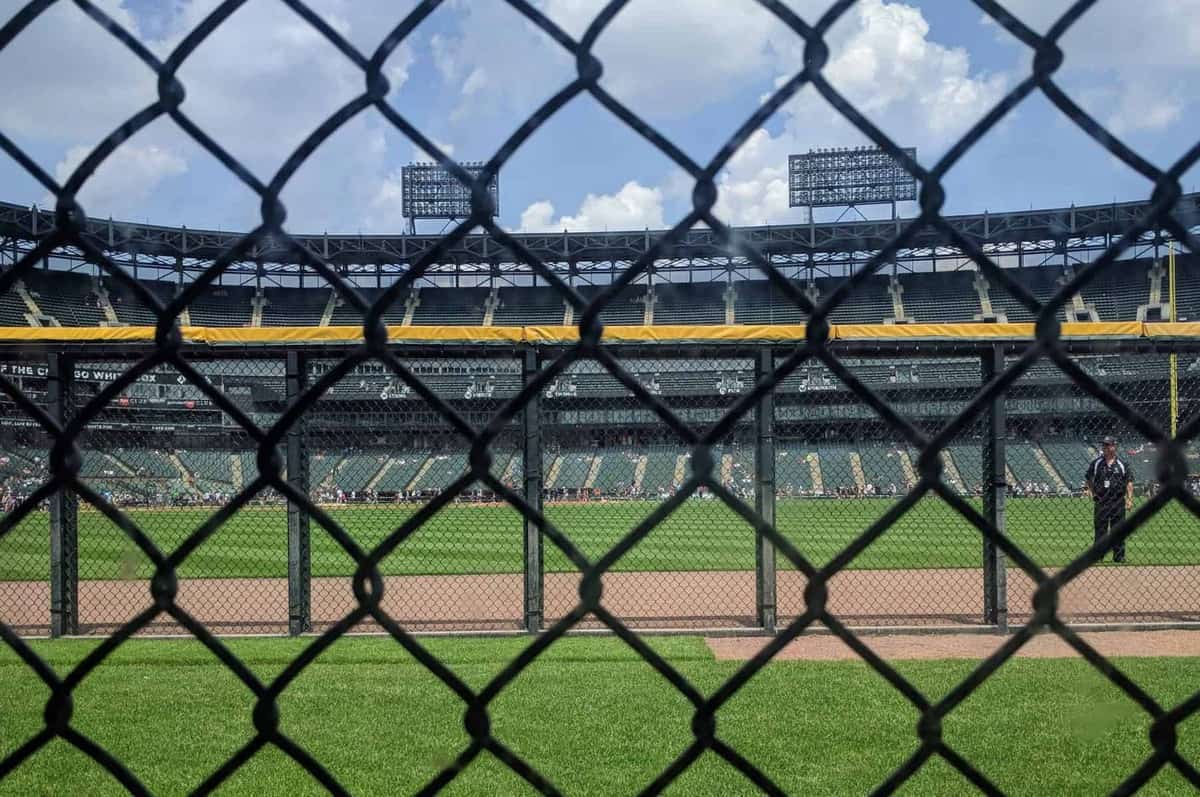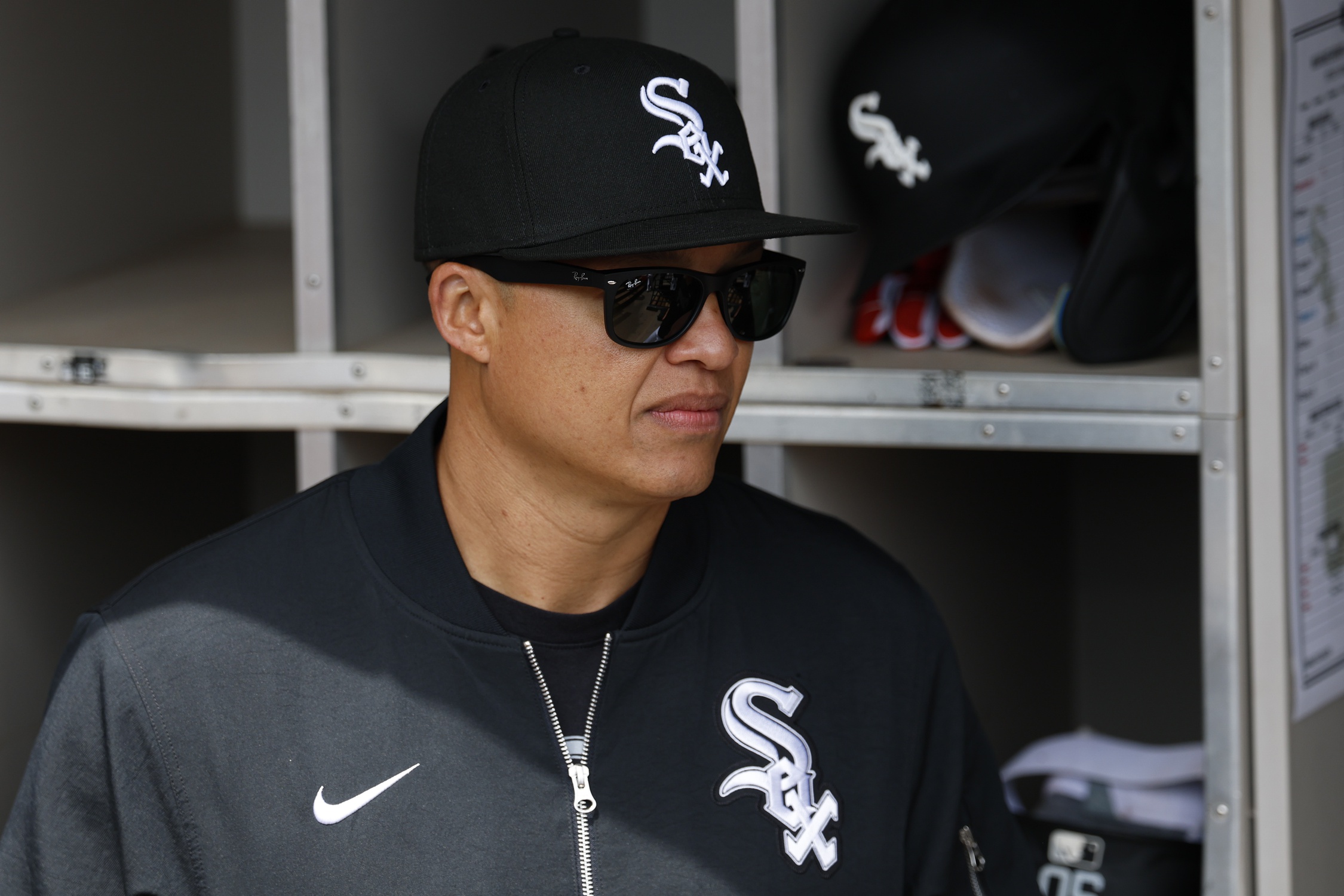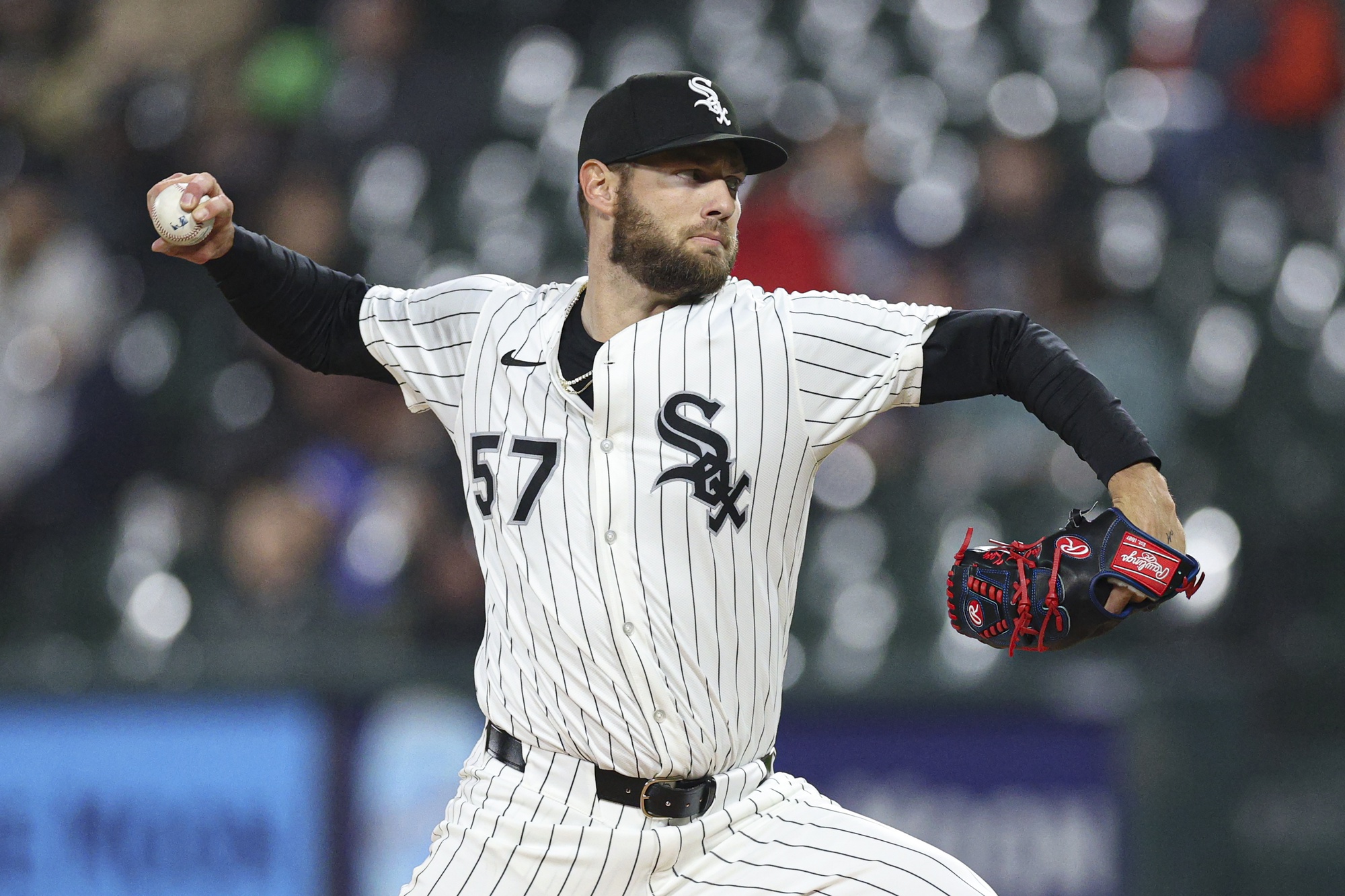Dylan Cease graduated on Thursday, but the hazing isn't going to stop.
Cease only needed one out to shed his prospect status, which happens as soon as a pitcher exceeds 50 innings, but that out was damn near impossible to record. The Twins greeted him with five straight singles en route to 10 hits over two-plus innings. He departed after giving up back-to-back homers to start the third.
Rick Renteria offered one theory for Cease's struggles:
Sox manager Rick Renteria said it’s possible Cease had a “tell” Thursday.
“When you see a hitter spin on a particular pitch, when you have the type of velocity he has and you see them spin on a breaking ball, it kind of makes you ponder, ‘Maybe they have something,’” Renteria said. “It could be they are simply eliminating the breaking ball because they think his breaking ball is buried and in the dirt out of hand. Which (Thursday) wasn’t necessarily the case because he threw some pretty good breaking balls in the zone for strikeouts."
Tipping is often an excuse for otherwise inexplicable failure, but it wouldn't surprise me if a rookie lost track of disguising his pitches. Cease hit 100 mph with his fastball, so that element of his game has never been more alive.
Another possibility is that Cease needs to prove he can attack lower in the zone. "Relentlessly high fastballs" is generally the attack plan against hitters in the launch angle era, but when looking at his pitch map from Thursday, Cease may be taking it a little too literally.

Seven of Cease's 10 swinging strikes came on pitches at the knees are below, perhaps because everybody is geared toward belt-high and higher. Lucas Giolito is another guy who weaponizes the high fastball, but he can throw enough four-seamers in the lower part of the zone -- either on purpose or unintentionally -- to lock up hitters who only expected to cover one zone with that particular pitch. Cease seems physically unable to direct his fastball to the lower third of the zone, which might be a problem when he can't regularly get there with secondary pitches -- or the at-bats don't last long enough to set one up.
I can't recall a White Sox pitcher who misses high the way Cease misses high. He already stood out to me by pulling a lot of fastballs high to the glove side, which is unusual. Then he had these misses to consecutive hitters.


Cease may or may not be tipping his pitches by definition of the phrase, but Renteria is probably correct in the sense a good lineup can eliminate pitches and/or zones before he releases the ball.
* * * * * * * * *
MLB Pipeline automatically filters out players who graduated from their top prospect lists, and it's a little bit jarring to see the White Sox' top 30 before and after Cease.
| Rank | Before | After |
| 1 | Luis Robert | Luis Robert |
| 2 | Michael Kopech | Michael Kopech |
| 3 | Andrew Vaughn | Andrew Vaughn |
| 4 | Dylan Cease | Nick Madrigal |
| 5 | Nick Madrigal | Dane Dunning |
Prior to Cease's graduation, prospect evaluators differed on where the White Sox farm system ranked among the 30 MLB teams, placing the Sox as high as No. 4, but more around No. 10. They all agreed that the Sox had the top-heaviest list prospect list in the game. When somebody like Dunning can sneak into the top five before he's thrown a pitch to prove his elbow problems are past him, it's now harder to argue if and when these rankings place the White Sox in the middle third.
The farm system is supposed to shed its best players, so a drop in the rankings is often something to celebrate. That's a harder sell here. On one end, the White Sox are having issues restocking their organization. On the other end, the prospects who do graduate are showing they need a good full season before they're able to hang with the competition.
Take Eloy Jiménez, who was supposed to represent the White Sox' best chance for an instant success story. He's hitting .240/.291/.457 with a 27 percent strikeout rate and a 49 percent ground-ball rate, both of which are dramatically worse than anything he showed in the high minors last year. James Fegan says all relevant parties will consider reworking Jiménez's unique stance in the offseason.
But in trying to piece together why Jiménez’s 2019 has not been as simple as plugging him in and watching him dominate, manager Rick Renteria made note of the 6-foot-4 left fielder’s unique crouched setup before a game in Minnesota. He remarked on how it required a lot of coordination from his large frame to stay on top of the frequent riding high fastballs thrown near the top of the zone.
This isn't cause for panic in and of itself. A young player should be allowed to struggle and figure out the league on his own terms, at least within reason.
The problem is more of a cumulative one. Jiménez and Cease might be like Giolito, Yoan Moncada and Reynaldo López, where their biggest jumps require the experience of prolonged failure. Individually, that's fine, but when you saddle each season with new steep learning curves -- the Sox are delaying Luis Robert's until next year -- it shrinks the overlap where all key players are operating at full power. Combine that with a farm system that no longer has as many guys to throw into the fire, and more immediate help from the outside is required. That's an area in which the White Sox have fallen short repeatedly and brutally, and they've been dragging their feet on testing those waters since the rebuild began.
This is why it's been a bad year for the rebuild despite some key success stories and a better record. One can still see how the White Sox can get over the hump on their own, but with all the attrition on the farm, it's no longer a simple strength-in-numbers proposition. They're going to need all the capital-G Guys they have, and good breaks -- smooth transitions to the majors, improved health and recoveries, random surprises -- are not merely welcome, but edging toward vital.






